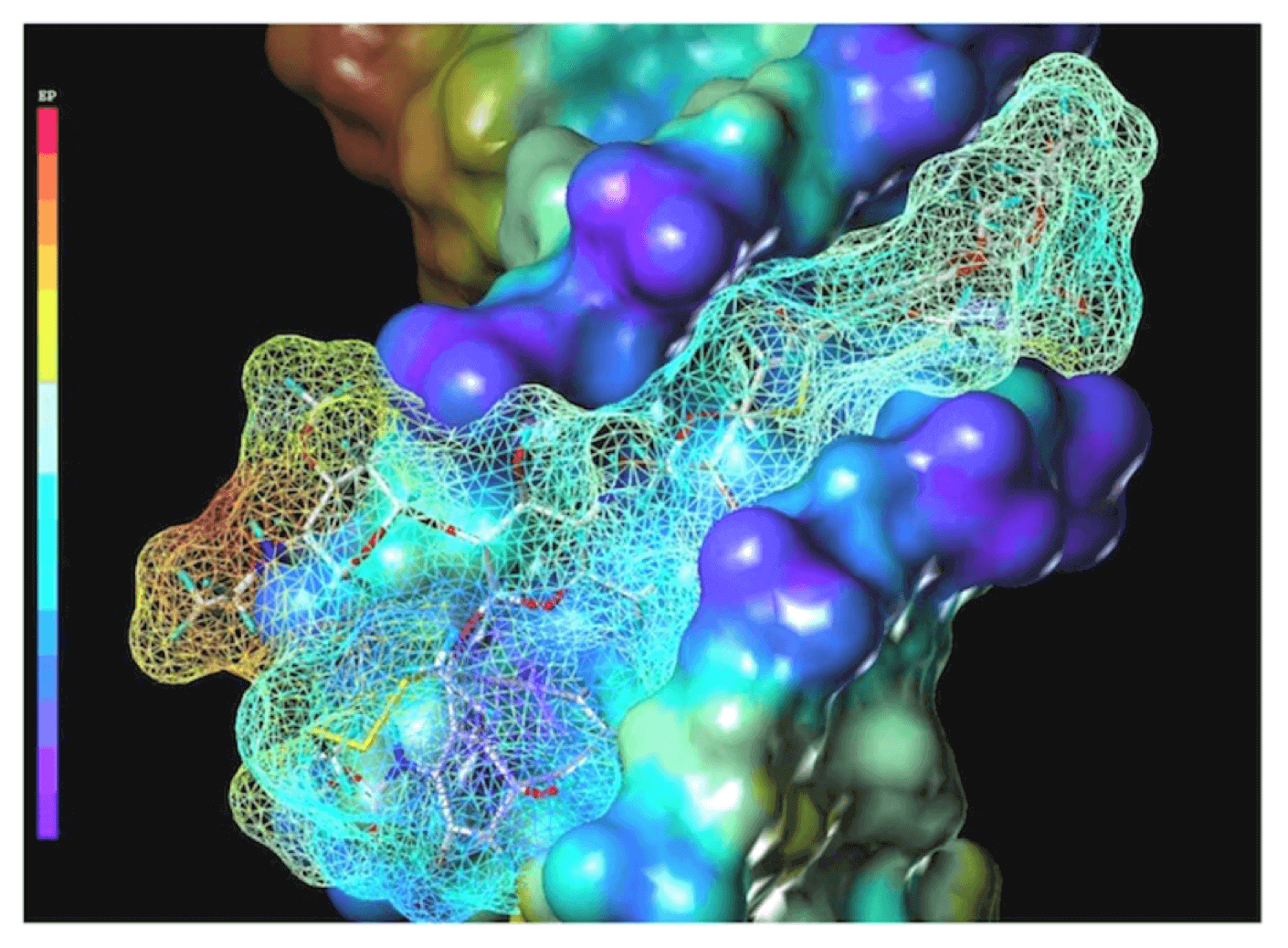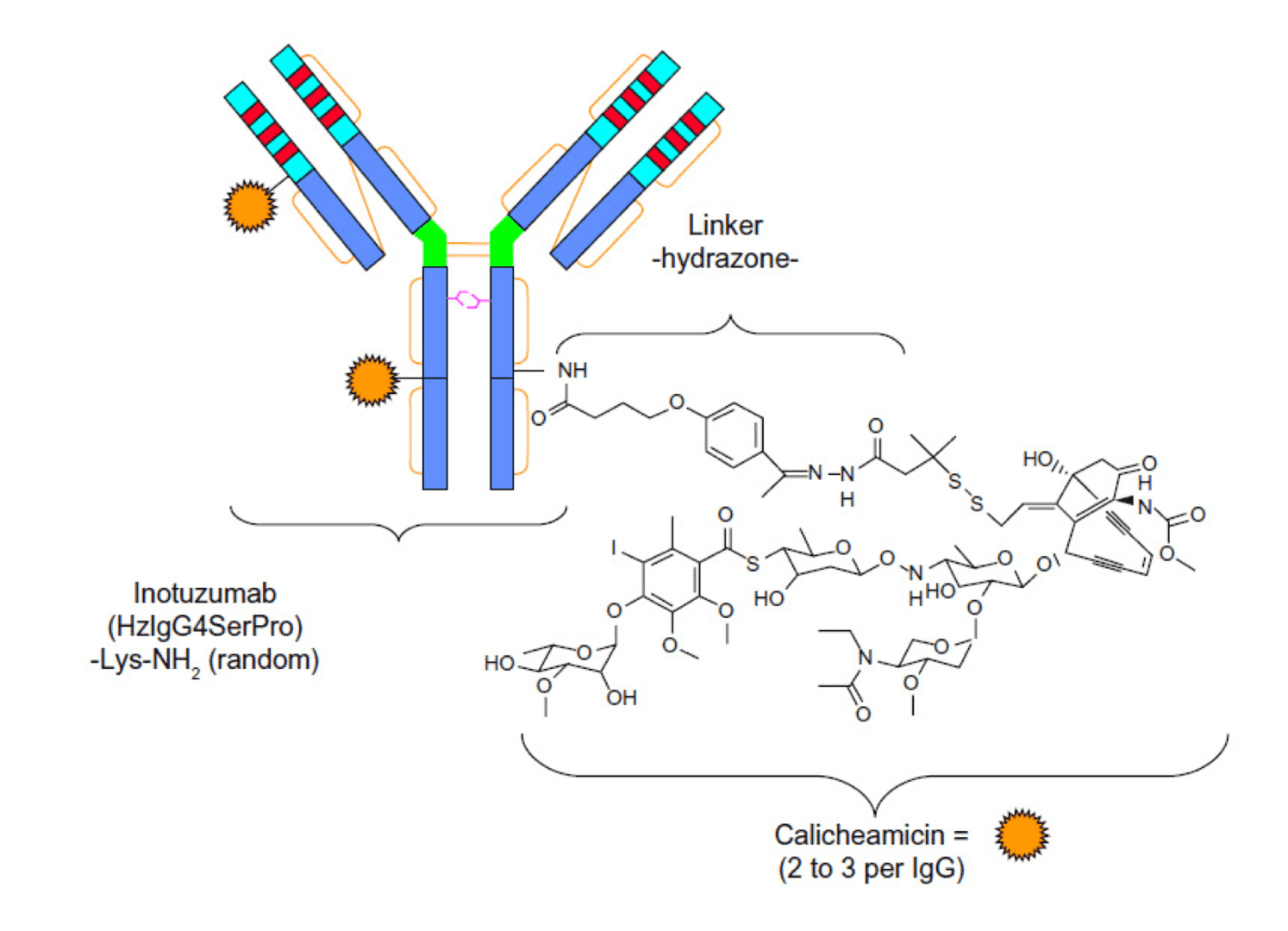Calicheamicins
Creative Biolabs offers comprehensive customized antibody-drug conjugates (ADCs) development services using calicheamicin or calicheamicin derivatives as payloads for targeted immunotherapy with optimized linkers and conjugation strategies.
Calicheamicins are a series of enediyne antitumor antibiotics originally isolated from the bacterium Micromonospora echinospora. They exert high cytotoxicity and have been applied in tumor therapies for over a decade-- a CD33 antigen-targeted immuno-conjugate: N-acetyl dimethyl hydrazide calicheamicin, was developed as a targeted therapy for non-solid tumor cancer acute myeloid leukemia (AML). Calicheamicin has several derivatives with different chemical modifications, among which γ1 is the most well-characterized. Calicheamicin γ1 contains an aglycon consisting of a bicycle tridec-9-ene-2,6-diyne system with a labile methyl trisulfide group and an aryltetrasaccharide chain. Calicheamicins also contain enediyne moieties that are structurally similar to other enediynes, such as esperamicins, neocarzinostatin, and kedarcidin, etc. After reduction by cellular thiols, the calicheamicin enediyne moieties rearrange to produce a 1, 4-benzenoid diradical.
Calicheamicins Mode of Action (MOA)
Calicheamicins are highly toxic agents against DNA and they induce double-stranded DNA (dsDNA) breakages at sub-picomolar concentrations. For their mode of action, Calicheamicins bind to dsDNA minor groove, within which they undergo a cyclization reaction similar to Bergman cyclization and release a diradical species, namely 1,4-didehydrobenzene. 1,4-didehydrobenzene subsequently extracts hydrogen atoms from DNA deoxyribose (sugar) backbone, resulting in strand scission. The strong potency of the calicheamicins fits the concept of ADC payloads and they have been proven to be outstanding drug candidates for targeted cancer therapies. A hydrazide derived from Calicheamicin γ1 has been conjugated to the proteoglycan portion of the CT-M-01 (anti-polyepithelial mucin) antibody and the resulted ADC has shown promising effects to human breast carcinoma cells.
 Calicheamicins mode of action. Once inside the cells, Calicheamicin diffuses into the cell nucleus, where it binds to the DNA minor groove (modeled in the image) and induces double stranded DNA breakages. DNA breakages result in the elimination of the malignant cells by apoptosis.
Calicheamicins mode of action. Once inside the cells, Calicheamicin diffuses into the cell nucleus, where it binds to the DNA minor groove (modeled in the image) and induces double stranded DNA breakages. DNA breakages result in the elimination of the malignant cells by apoptosis.
Calicheamicins-based ADCs
ADCs using calicheamicin derivatives as payloads are under active development and evaluation. The specific targeting capability of a monoclonal antibody enables the delivery of calicheamicin derivatives exclusively to the cancer cells, thereby reducing collateral damage to normal tissues. Inotuzumab ozogamicin is a distinctive ADC composed of a humanized monoclonal antibody, inotuzumab, which targets CD22, and a cytotoxic calicheamicin derivative. CD22 is a cell surface antigen showing high level of expression on nearly 90% of B-cell malignancies. Upon CD22 binding, inotuzumab ozogamicin is internalized via receptor mediated endocytosis and the calicheamicin payload is released to accomplish its cytotoxic effects. Gemtuzumab ozogamicin, another ADC containing N-acetyl γ calicheamicin dimethyl hydrazide as payload, was used for acute myelogenous leukemia treatment targeting the CD33 surface antigen.
 Structure of inotuzumab ozogamicin. Inotuzumab ozogamicin is an ADC comprised of a humanized anti-CD22 monoclonal antibody, inotuzumab, conjugated with a cytotoxic calicheamicin derivative (Br J Haematol, 2013).
Structure of inotuzumab ozogamicin. Inotuzumab ozogamicin is an ADC comprised of a humanized anti-CD22 monoclonal antibody, inotuzumab, conjugated with a cytotoxic calicheamicin derivative (Br J Haematol, 2013).
With our well-established “DrugLnk” organic synthesis platform, the experienced scientists here at Creative Biolabs is dedicated to help you develop calicheamicin -linker complexes using readily available or customized linkers for antibody conjugation in a timely and cost-effective manner. Our customarily tailored services and high quality products will contribute greatly to the success of your projects. Creative Biolabs also provides other various services regarding ADC development. Please feel free to contact us for more information and a detailed quote.
References:
- Thomas, X.; et al. Profile of inotuzumab ozogamicin and its potential in the treatment of acute lymphoblastic leukemia. Br. J. Haematol. 2013, 159: 3–17.
- Lee, M.D.; et al. Calicheamicins: discovery, structure, chemistry, and interaction with DNA. Acc. Chem. Res. 2010, 24(8): 235-243.
- Sievers, E.L.; et al. Antibody-drug conjugates in cancer therapy. Annu. Rev. Med. 2013, 64: 15-29.
For Research Use Only. NOT FOR CLINICAL USE.
Related Sections
Drug Module:
Welcome! For price inquiries, please feel free to contact us through the form on the left side. We will get back to you as soon as possible.
Contact usUSA
Tel:
Fax:
Email:
Europe
Tel:
Email:
Germany
Tel:
Email:

